
Training iNaturalist

Mostly just stuff I am doing to help the planet

I presented this report to the Maungakiekie-Tāmaki Local Board today as they are yet to seek advice from a shorebird expert at Auckland Council in developing their Open Space Network Plan (OSNP).
It recommends:
I have also attached my amendments to the OSNP and my submission on the OSNP above.
UPDATE: 1 May 2019.
Great response from the Ōrākei Local Board, nothing from the Maungakiekie-Tāmaki Local Board (yet) who have approved their Open Space Network Plan with no space for shorebirds.
UPDATE: 18 June 2019
Great article on the report by Farrah Hancock here
UPDATE: 12 July 2019
“The report’s recommendations accord closely with the Council’s policies and objectives to protect biodiversity in the Auckland region.”
– Dr Tim Lovegrove
UPDATE: 01 September 2019
Report covered on page 9 of the Panmure Business & Community Newsletter
UPDATE: 12 September 2019
The MTLB have made changes to the OSNP as follows:
| Page/title | Amended text |
| Page 10 (Coastlines and Waterways) | The Tāmaki Estuary is home to a varied number of shorebird species. The shorebirds roost in the reserves along the coastal edge throughout the year including Point England Reserve, Wellington War Memorial Reserve and Tahuna Torea Nature Reserve. Several species are threatened and the populations are in decline. Threats to the shorebirds include disturbance of their roosts preventing them from resting, particularly at high tide, from lighting of the reserves at night, dogs, humans, unsuitable vegetation and construction. |
| Page 20 (Environmental Quality) | + Shorebird populations are in decline due to their roosts within the coastal reserves being disturbed |
| Page 36 (Improve biodiversity and water quality) | Protect and enhance shorebird roosting areas: + Investigate opportunities to restore roosting areas for shorebird populations + Provide opportunities to protect existing roosting areas. |
The wording is well chosen and at a high level it addresses my core concerns. A good start to reversing the decline of the shorebirds in the Tāmaki Estuary.
UPDATE: 7 May 2020
The authors have really taken on board the feedback! Shorebirds (which contain the most conservation dependant species in the region) were excluded from the plan. They now feature on pages 10, 21, 37, 51, 52, 55, 93, 94, 109. You can download the finalised copy of the Tāmaki Open Space Network Plan here. [Published here first!]
UPDATE: 20 August 2020
Ōrākei Local Board’s environment work programme 2020/2021: Tāhuna Tōrea investigation of habitat restoration for shorebird roosting $15,000
We identified 19 tracking locations (S1-S19) in 2014. The first 10 (S1-S10) were used in this survey. The survey was repeated in March 2019. The first 10 locations were searched and three out of 10 tracking tunnels were found. Seven new tracking tunnels were installed on the 10th of March. On the 16th of March another 9 tunnels were installed and all the tunnels were filled with an inked tracking card with peanut butter in the middle. Some locations were adjusted to make access easier. I noticed when trying to find the tunnels again with the Garmin InReach and App that the positions were often off by up to 16M. Thats a lot in the bush!
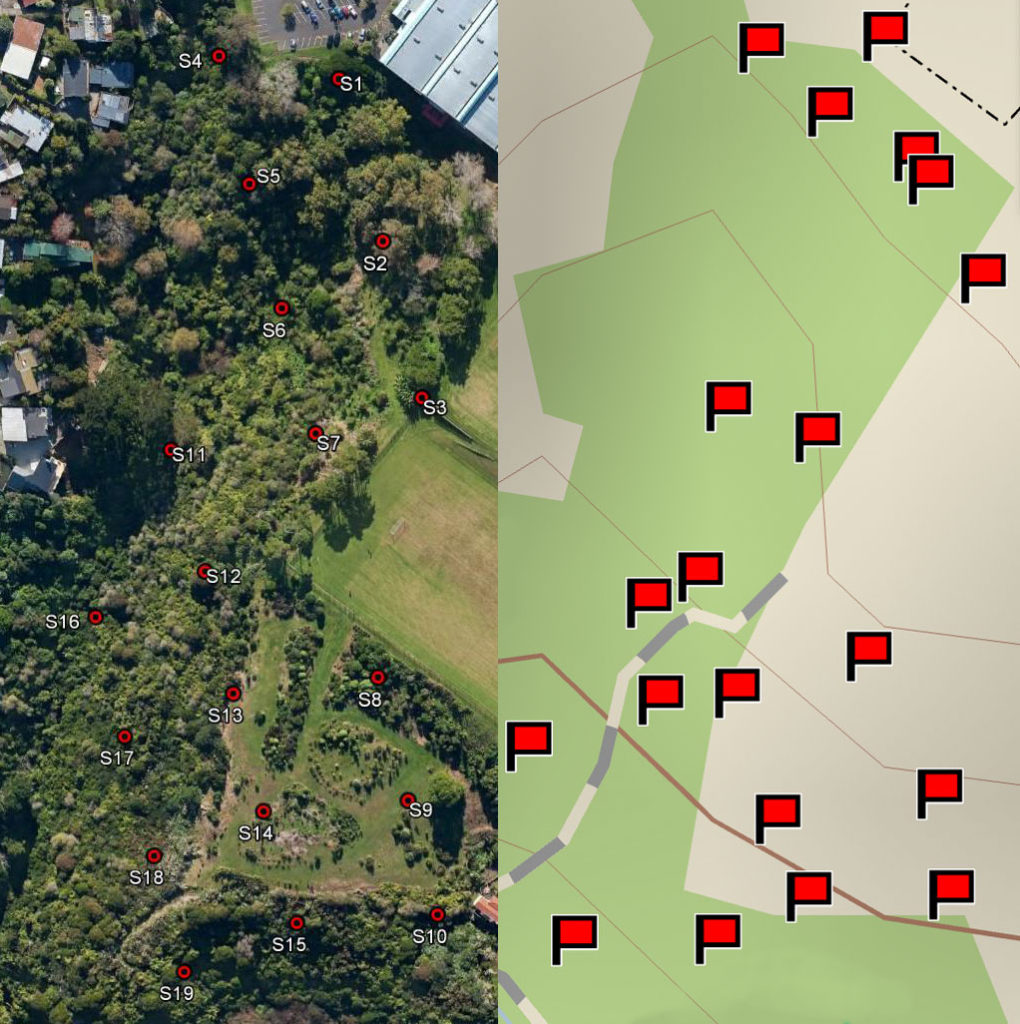
RESULTS
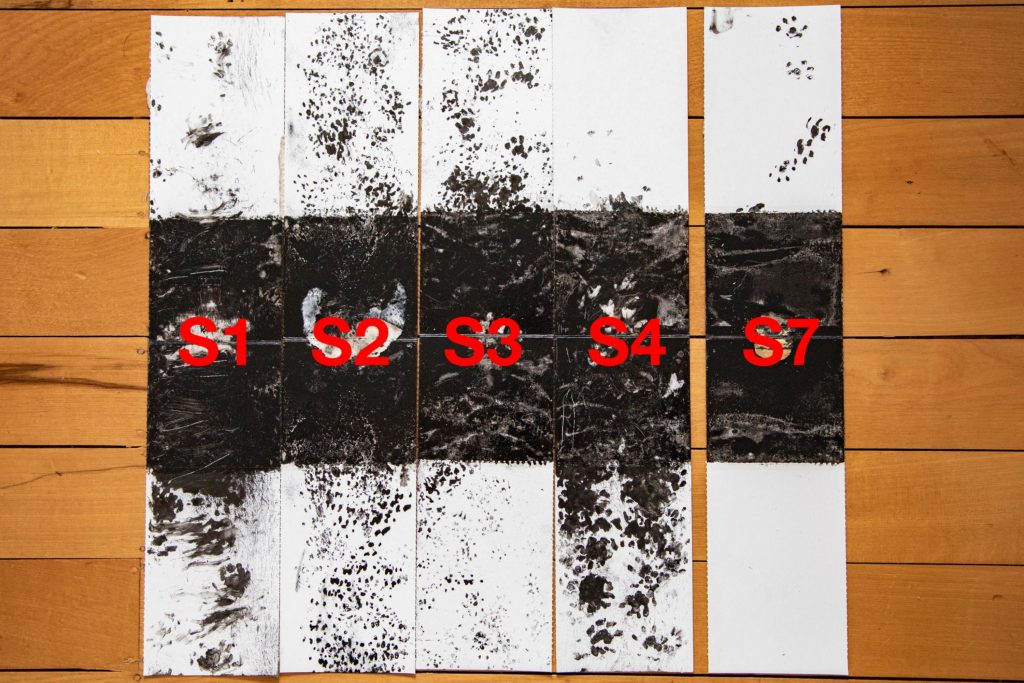
I find these mashed up prints very hard to identify, but here is my best guess:
S1 Hedgehog
S2 WW, Rat, Hedgehog
S3 Rat, Hedgehog
S4 Hedgehog, WW
S5 –
S6 –
S7 Hedgehog
S8 –
S9 –
S10 –
S11 –
S12 –
S13 –
S14 –
S15 –
S16 –
S17 –
S18 –
S19 –
WW = Winged weta, I was particularly looking for this species. See my blog post on tracking winged weta here.
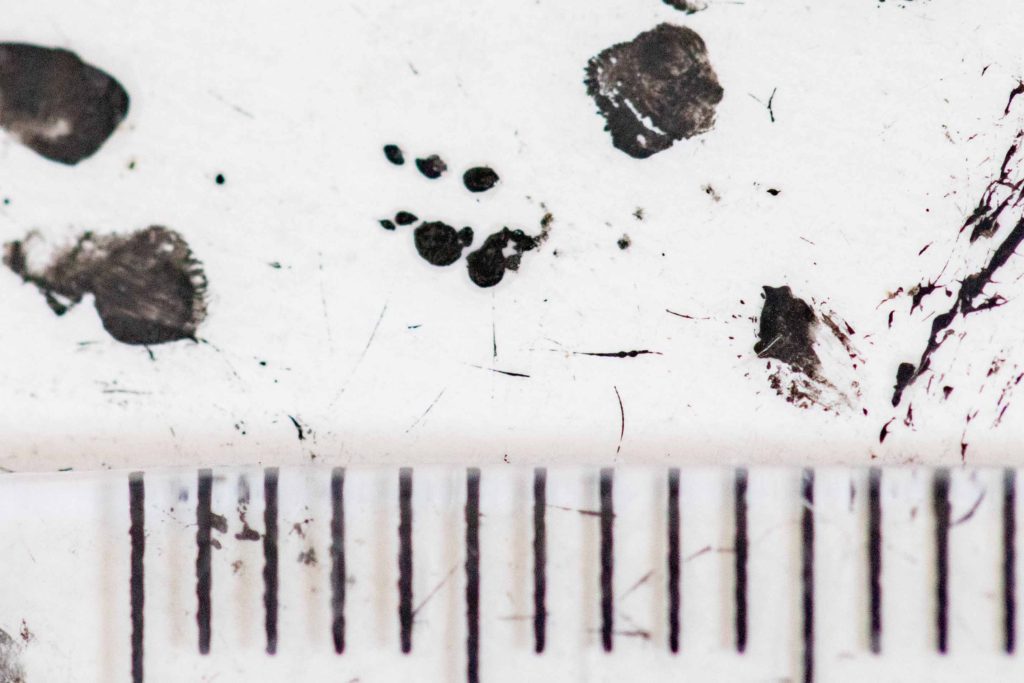
I think we should probably ignore the tracking tunnels put out recently (S11-S19) as they may have been avoided due to (at at least some of) the target species being neophobic.
This would give us a result for 2019 of 20% Rat, 0% Mice, 50% Hedgehog. This indicates we have less rats & mice and more hedgehogs than 2019.
I have left the tunnels out there, it might be a good idea to retry in a few weeks. It’s interesting that we see more pests near the top of the bush, this has been observed before.
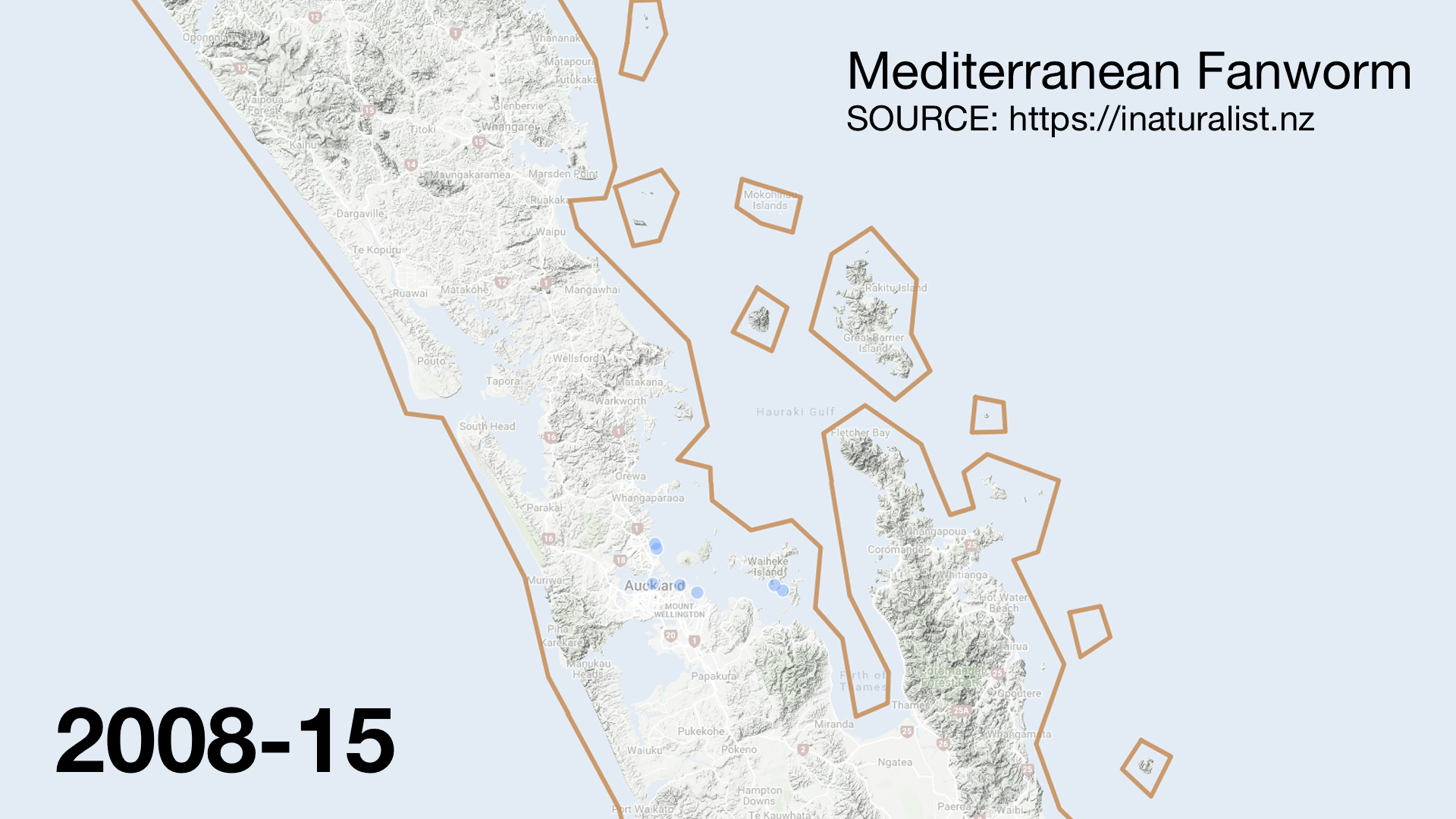
Updated from 2017. I have upgraded to some second hand 600EX RT’s, a radio transmitter, 3rd flash and some custom designed and 3D printed soft boxes. Files uploaded here. The soft boxes are printed using transparent PLA which has a natural frosty finish and produces lovely diffuse shadows (0.2mm @ 5 layers). I painted them black & yellow and lined the mouth with black tape so as to not scratch the flashes. The 600EX-RT’s are quite heavy and I had to use epoxy glue to re-enforce the cold shoes. I fibreglassed a giant nail to the base of a Manfrotto monopod to create the portable outdoor light stand.
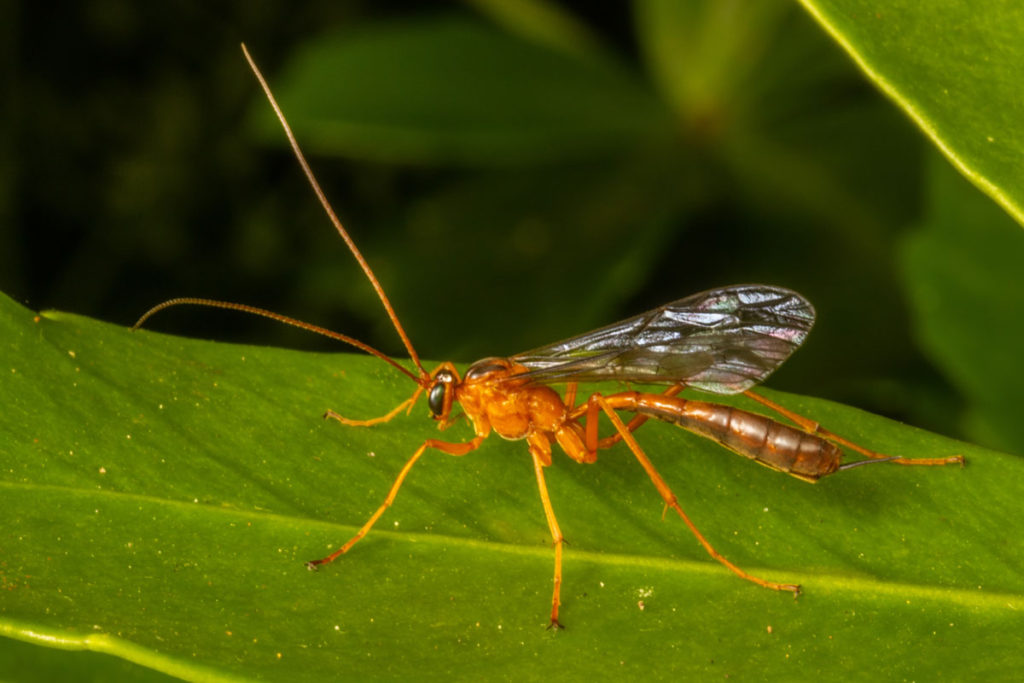
I was recently asked to quickly create some red-billed gull decoys. I joked they might be better of using a decoy picnicker but the reality is this is another native species that is in real trouble (conservation status declining). I posed the decoys with their tails up but with legs so they could be used standing or sitting if they need extra anchorage.
Unfortunately these decoys were snapped off at the leg, we are not sure how, as it would involve a lot of force. So…
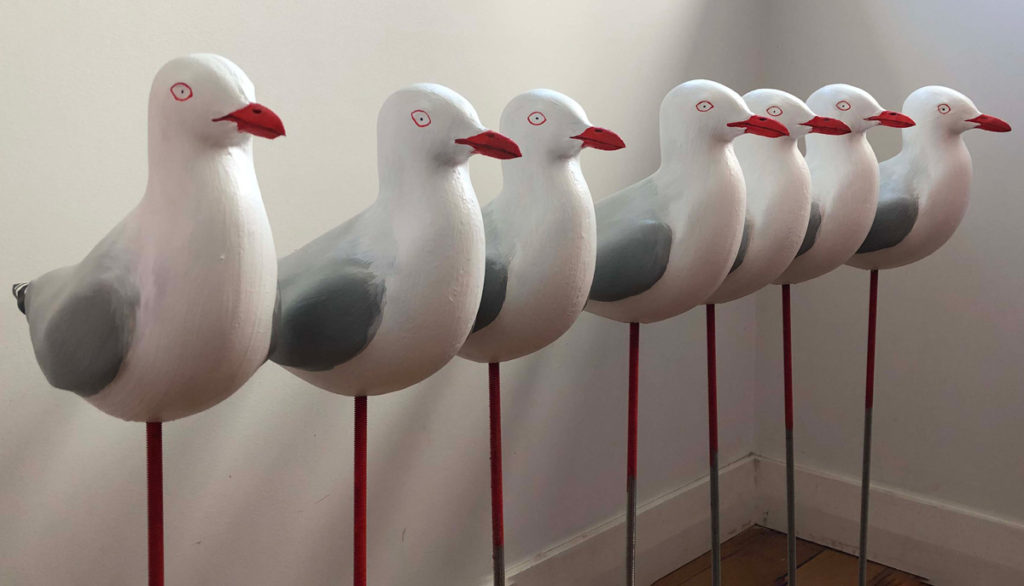
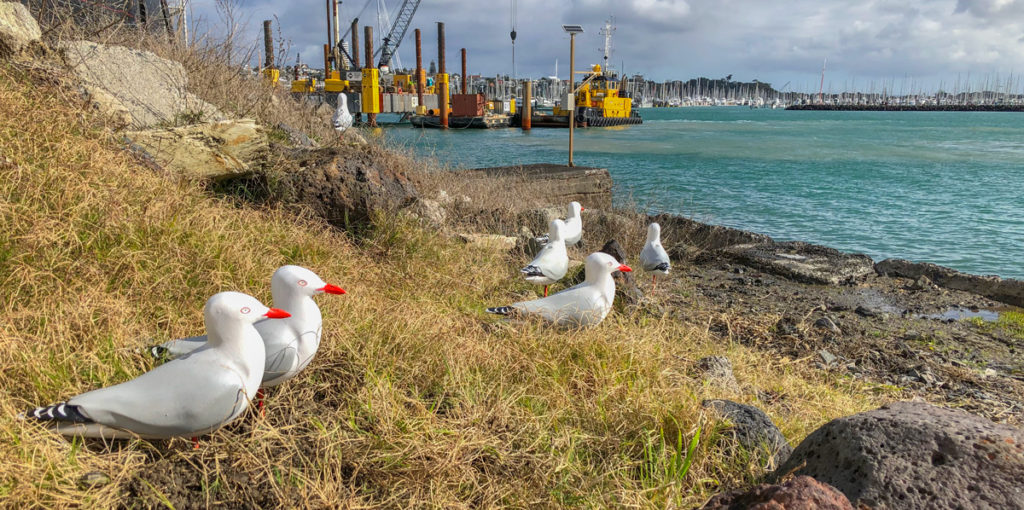
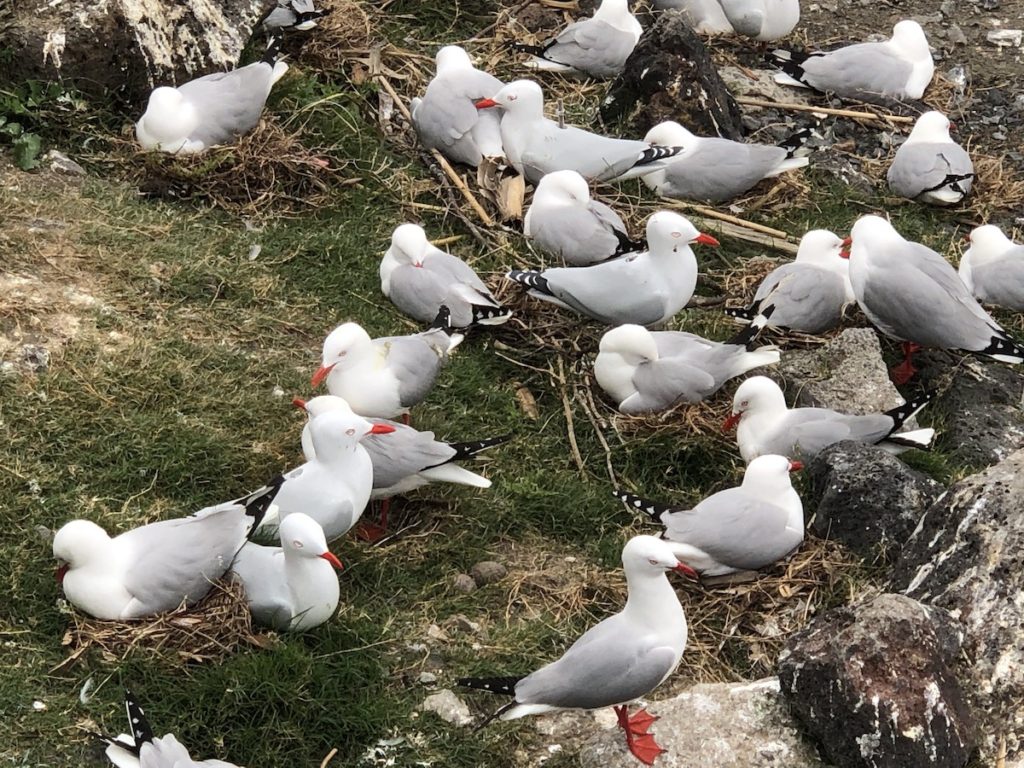
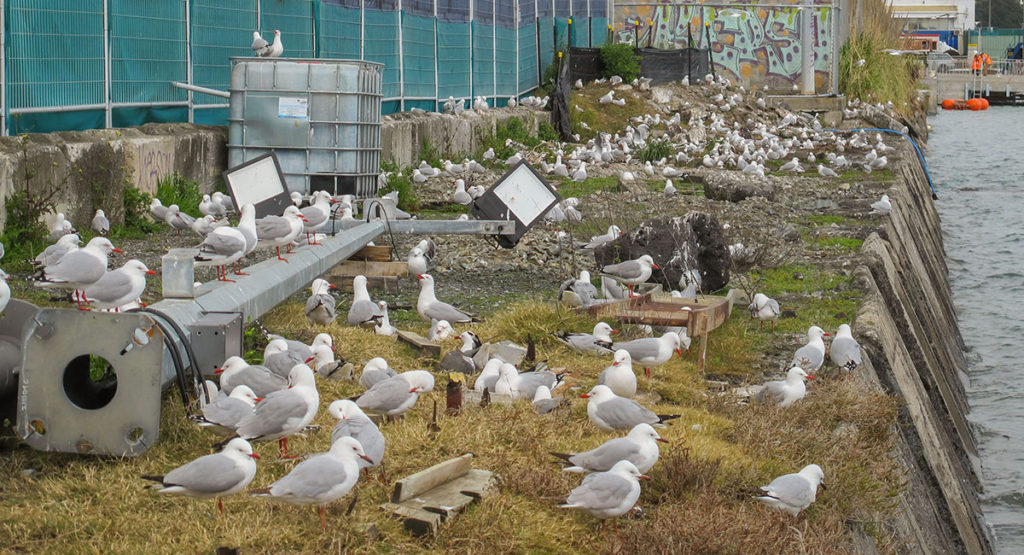
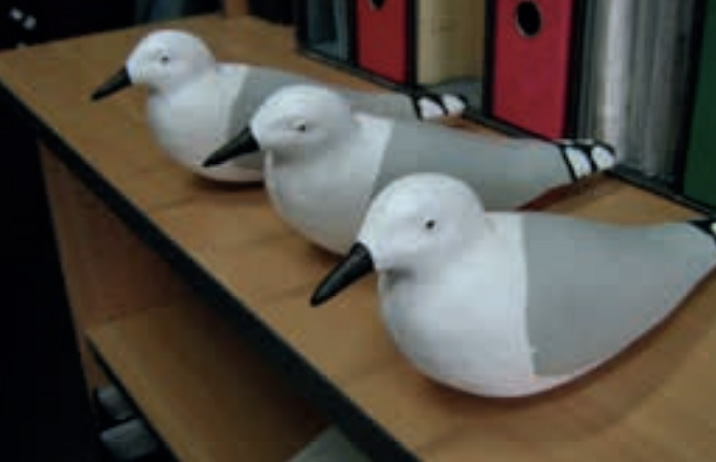
A great article on the Wynyard gull colony project has been published here. Another one by Boffa Miskell. Ohhhh and another article in the Guardian!
I first noticed ‘winged weta’ in 2016 when I took this photo of a pterapotrechus moulting. They are particularly abundant in Selwyn Bush, Kohimarama where community groups are doing pest management and restoration. I wondered how many times introduced winged weta were being mis-recorded in tracking tunnels as our native weta. No foot prints have been recorded to compare so my son and I collected six (males and females, small range in sizes) in less than five minutes. We dropped them onto a board with footprint tracking ink, photo above.
Here are some closeups of the hind leg footprints.









The footprints look very distinctive to me so we probably don’t have to try and understand walking pattern (see ‘Footprint Identification of Weta and Other Insects‘). I think this must be because the tarsal pads are paired for winged weta and not in native weta. This will make identification of winged weta quite easy going forward.
This was my most challenging project for 2018. After reading about the New Zealand Fairy Tern decoys I was making, the Mangawhai Museum approached me to make them some replicas. As there are only 40 of these birds left in the world they were never going to be able to get a taxidermy one for an exhibition.
I was very ambitious and decided to create a feeding scene where the male is landing with a fish in his bill. This was very challenging and I really pushed my printer to the limits and discovered a few new tricks in the process. I think this kind of model making has advantages over taxidermy where the models can be designed to exhibit a wide range of behaviours. It will be interesting to hear how the public react.
I think this is the worlds first photo of a freshly planted mussel bed. Altho I have been to most of Revive our Gulf’s deployments (including the first one in 2013) we have’t dived on them straight away. After taking this photo I deployed three time-lapse cameras to record suspected predation (I was happy to discover none). I also photographed a nearby bed that was laid a week ago where the mussels are standing up and had knitted together. It would be interesting to know how long it takes them to jostle into position.
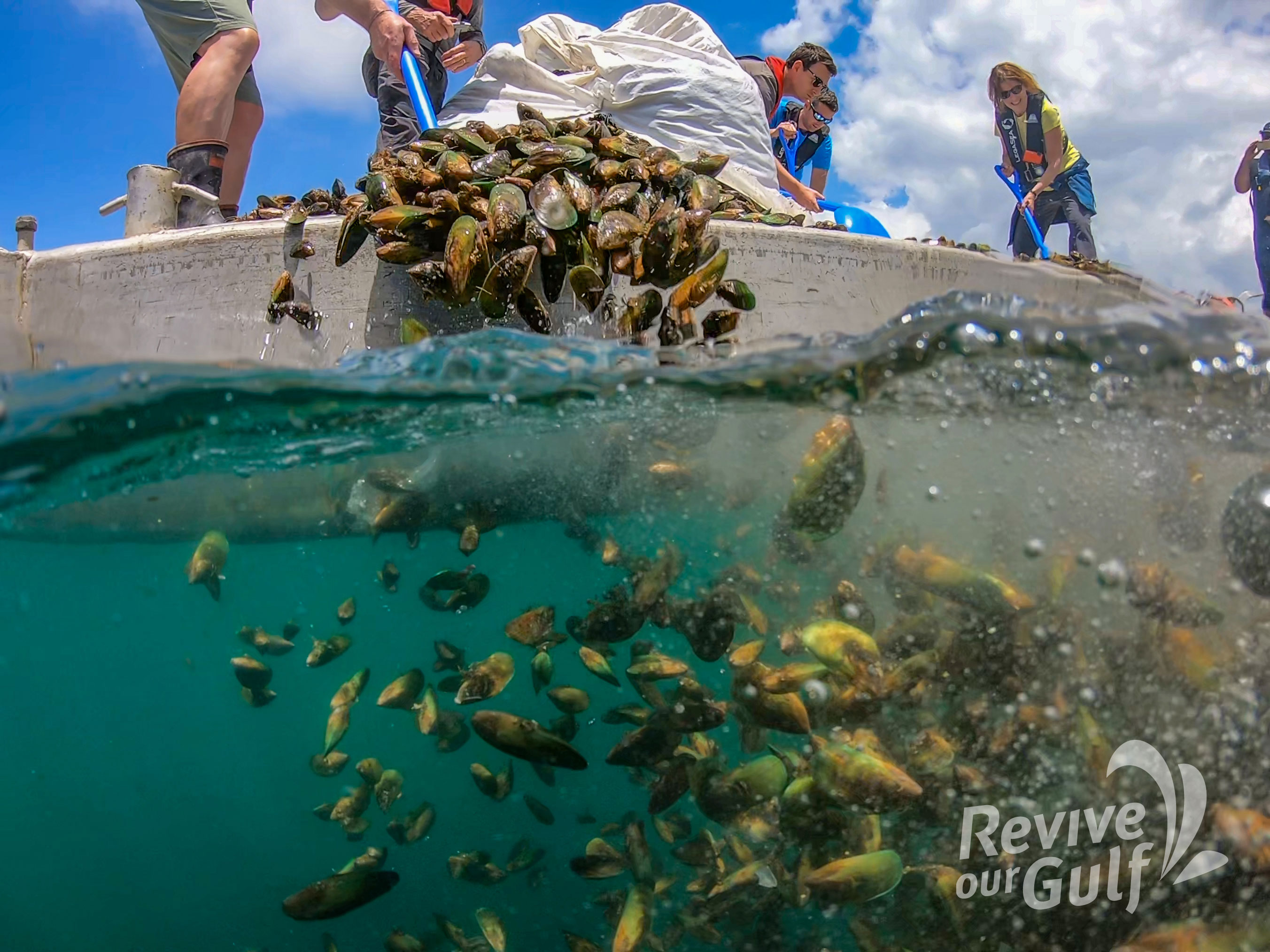
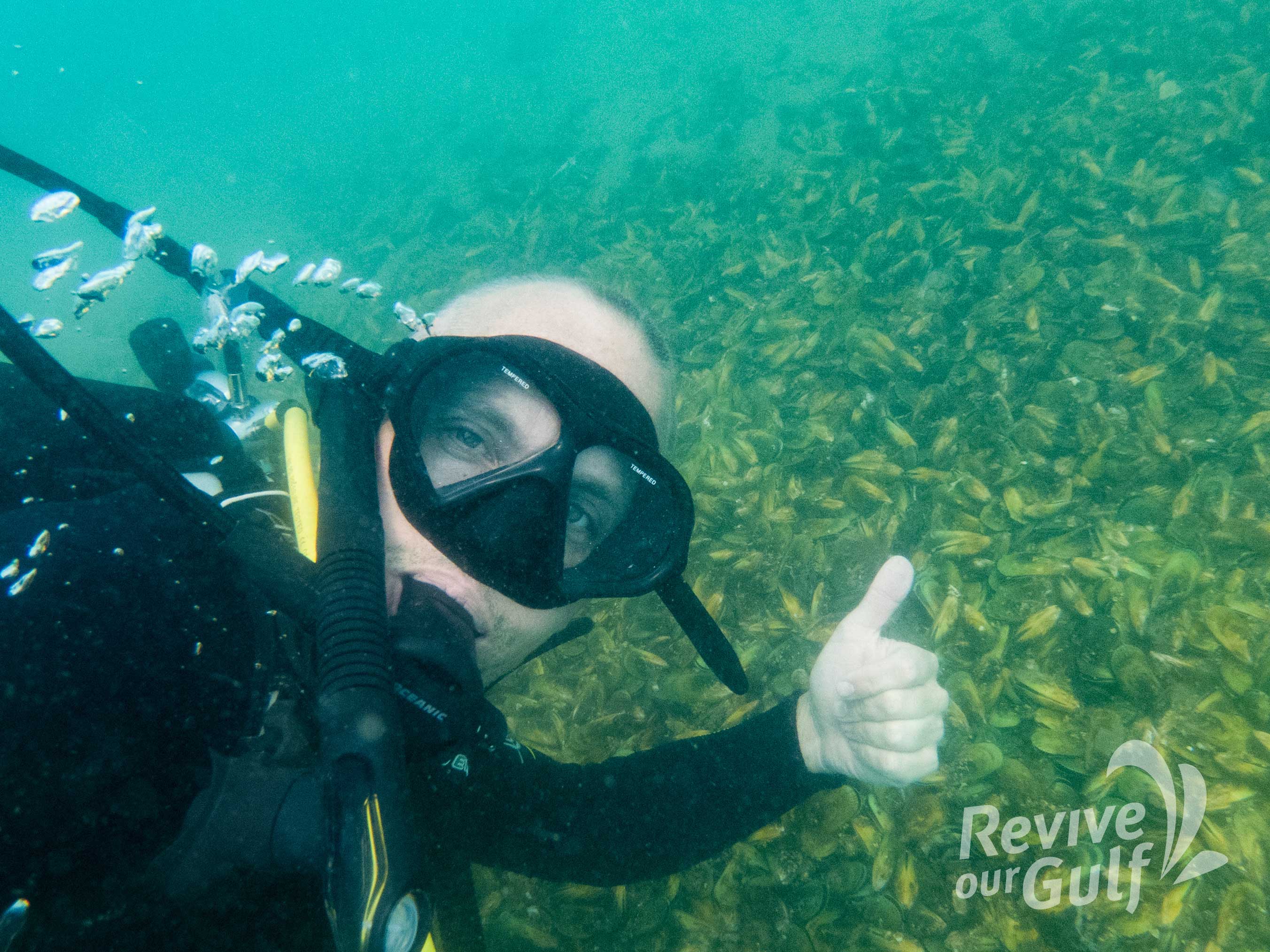
I tried 3D printing this stencil for a penguin box so I didn’t have to cut out the letters. 5 layers at .2mm PLA. It worked great and the thin lines come out really well, but you can’t leave the stencil in the sun or it warps!